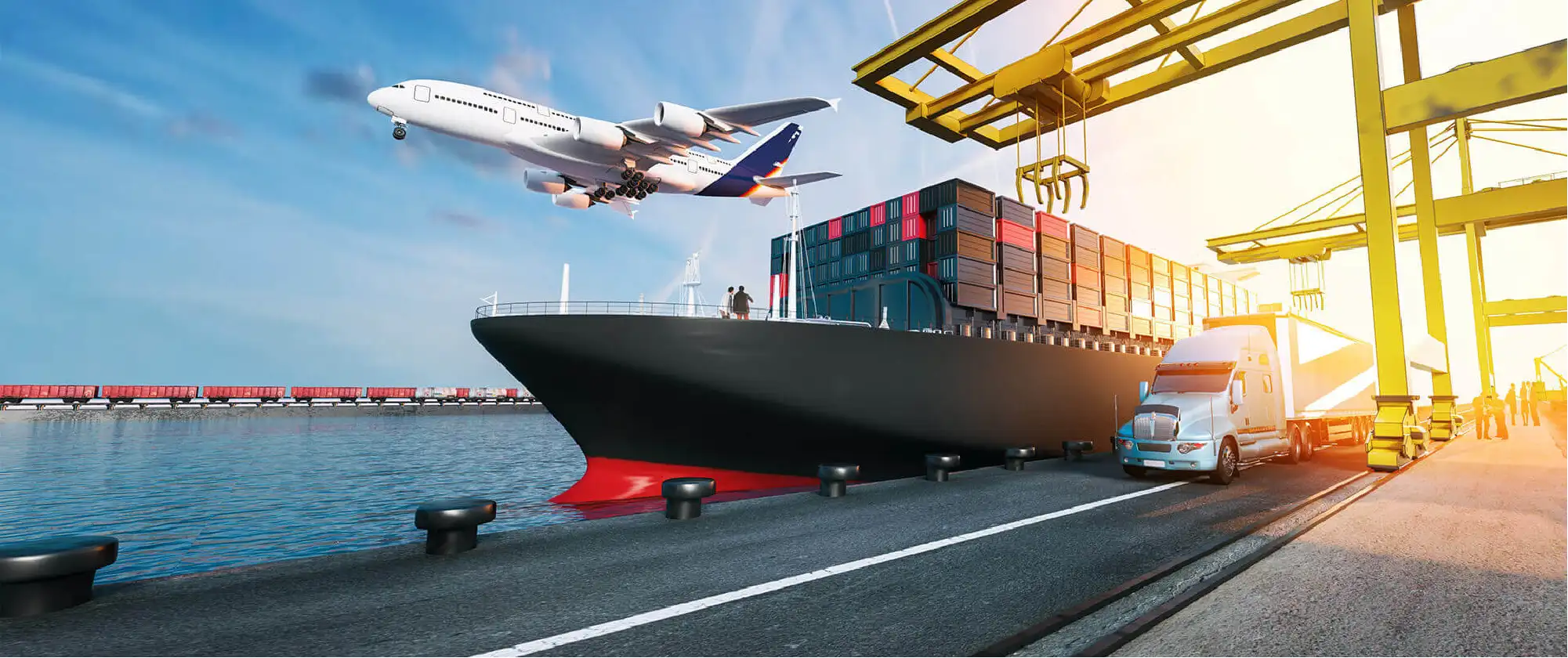In an increasingly globalized economy, the efficient transportation of goods over long distances is paramount for businesses aiming to optimize their supply chains and minimize costs. As logistics costs can significantly impact a company's bottom line, understanding the cheapest methods of transporting goods is essential for both small businesses and large corporations. This article delves into various transportation methods, comparing their costs, advantages, and limitations, while also considering factors such as distance, type of goods, and delivery timelines.
- Understanding Transportation Modes
When discussing the cheapest methods for long-distance transportation, it is crucial to consider the primary modes of transport: road, rail, air, and sea. Each mode has its unique advantages and disadvantages, which can influence the overall cost-effectiveness of transporting goods.
1.1 Road Transport
Road transport is often the most flexible option, allowing for door-to-door delivery. It is particularly advantageous for short to medium distances and is commonly used for transporting goods within a country or between neighboring countries. However, for long distances, road transport can become costly due to fuel prices, tolls, and driver wages.
Cost-Effectiveness: While road transport can be economical for shorter distances, it generally becomes less cost-effective as distances increase. However, it remains a viable option for transporting smaller loads or when time is of the essence.
1.2 Rail Transport
Rail transport is one of the most cost-effective methods for moving large quantities of goods over long distances. Trains can carry a significant amount of cargo at a lower cost per ton compared to road transport. This method is particularly beneficial for bulk commodities such as coal, minerals, and agricultural products.
Cost-Effectiveness: Rail transport is often cheaper than road transport for long distances, especially when transporting heavy or bulk items. However, it may require additional logistics for last-mile delivery, which can add to the overall cost.
1.3 Air Transport
Air transport is the fastest method for long-distance shipping, making it ideal for time-sensitive goods such as electronics, pharmaceuticals, and perishable items. However, it is also the most expensive option, often prohibitive for bulk shipments.
Cost-Effectiveness: While air transport offers speed, it is rarely the cheapest option. Businesses should weigh the urgency of delivery against the high costs associated with air freight.
1.4 Sea Transport
For international shipping, sea transport is typically the cheapest method for transporting large volumes of goods over long distances. Container ships can carry thousands of tons of cargo, significantly reducing the cost per unit. This method is ideal for non-perishable goods and bulk commodities.
Cost-Effectiveness: Sea transport is the most economical choice for long-distance shipping, especially for bulk items. However, it involves longer transit times and may require additional logistics for inland transportation.
- Factors Influencing Transportation Costs
While the mode of transport is a significant factor in determining costs, several other elements can influence the overall expense of transporting goods over long distances:
2.1 Distance and Route
The distance between the origin and destination plays a crucial role in transportation costs. Longer distances typically incur higher costs, but the choice of route can also affect expenses. For instance, routes with tolls or heavy traffic may increase costs for road transport.
2.2 Type of Goods
The nature of the goods being transported can significantly impact costs. Perishable items may require refrigerated transport, increasing expenses. Conversely, bulk commodities may benefit from economies of scale, reducing costs per unit.
2.3 Volume and Weight
The volume and weight of the shipment are critical in determining transportation costs. Many carriers offer discounts for larger shipments, making it more economical to consolidate goods when possible.
2.4 Customs and Duties
For international shipping, customs duties and taxes can add significant costs. Understanding the regulations and potential fees associated with importing and exporting goods is essential for accurate cost estimation.
- Strategies for Reducing Transportation Costs
To maximize cost-effectiveness in long-distance transportation, businesses can adopt several strategies:
3.1 Optimize Shipping Routes
Utilizing route optimization software can help identify the most efficient paths, reducing fuel consumption and transit times.
3.2 Consolidate Shipments
Combining smaller shipments into larger loads can take advantage of economies of scale, lowering the cost per unit.
3.3 Negotiate with Carriers
Building strong relationships with carriers and negotiating rates can lead to better pricing and service options.
3.4 Utilize Intermodal Transport
Combining different modes of transport (e.g., rail and truck) can optimize costs and improve efficiency, especially for long-distance shipments.
Conclusion
In conclusion, the cheapest method of transporting goods over long distances largely depends on the specific needs of the business, the type of goods being shipped, and the urgency of delivery. While sea transport often emerges as the most economical choice for bulk shipments, rail transport can also provide significant savings for heavy goods. By understanding the various transportation modes and implementing cost-reduction strategies, businesses can effectively navigate the complexities of logistics and enhance their overall supply chain efficiency. Ultimately, the key to successful long-distance transportation lies in a careful analysis of all factors involved, ensuring that companies can deliver their products in the most cost-effective manner possible.





